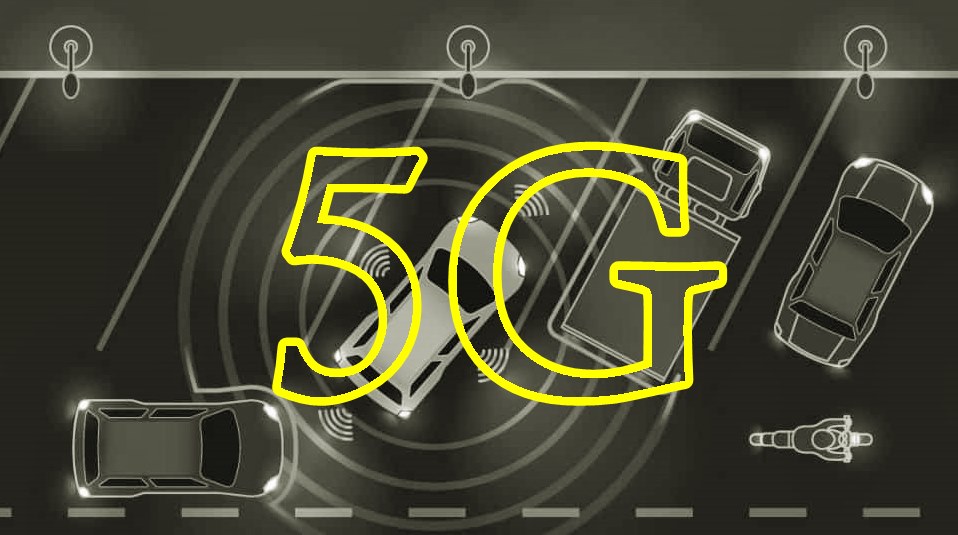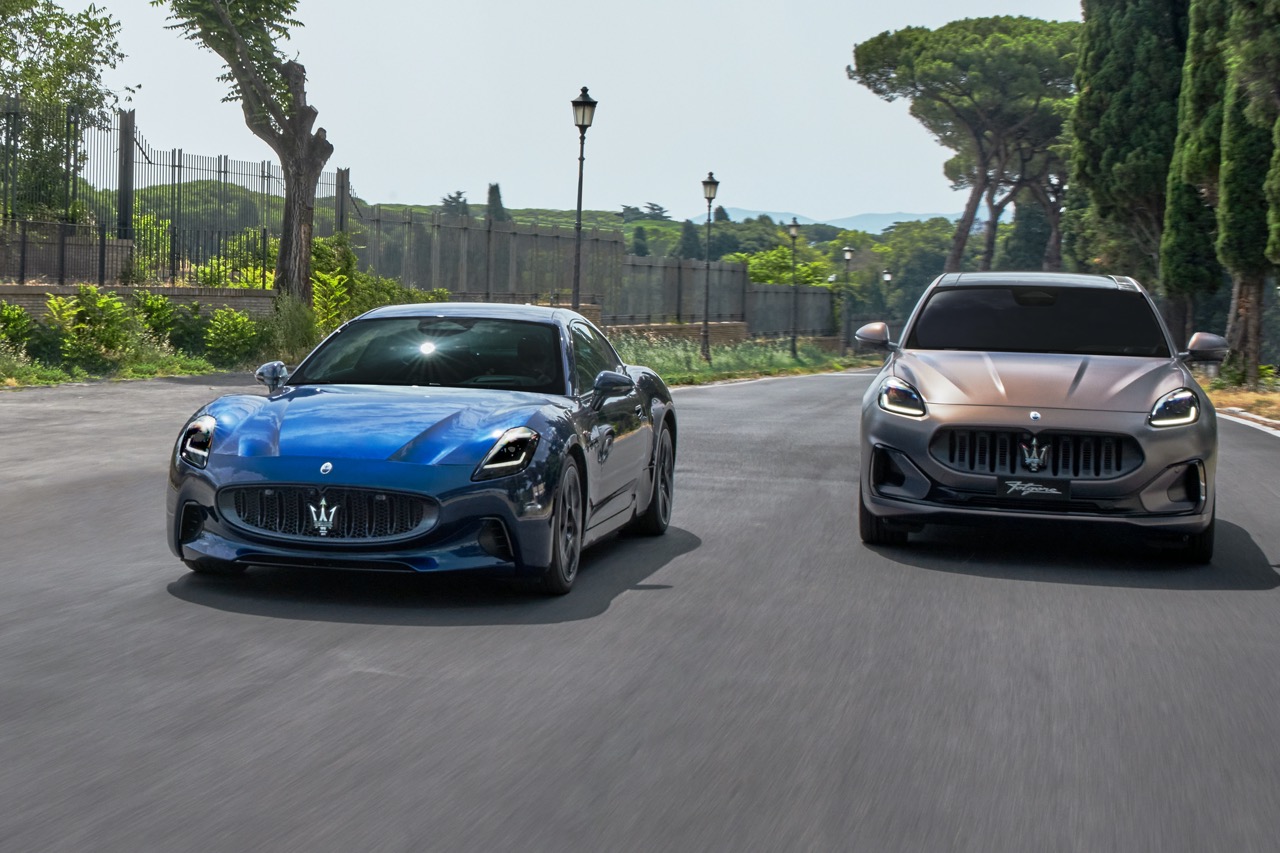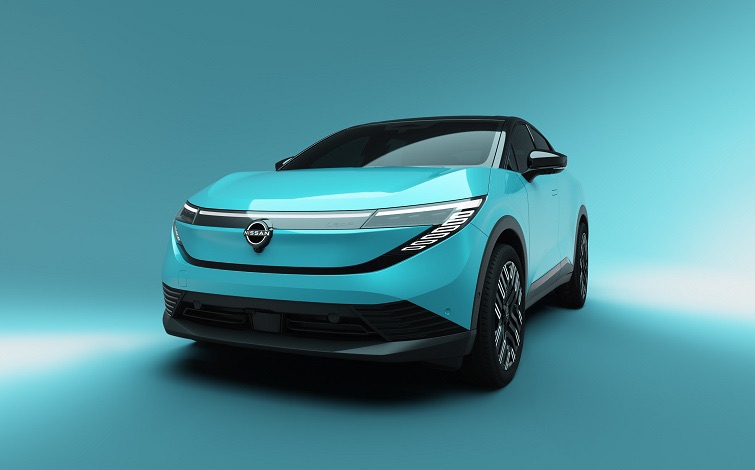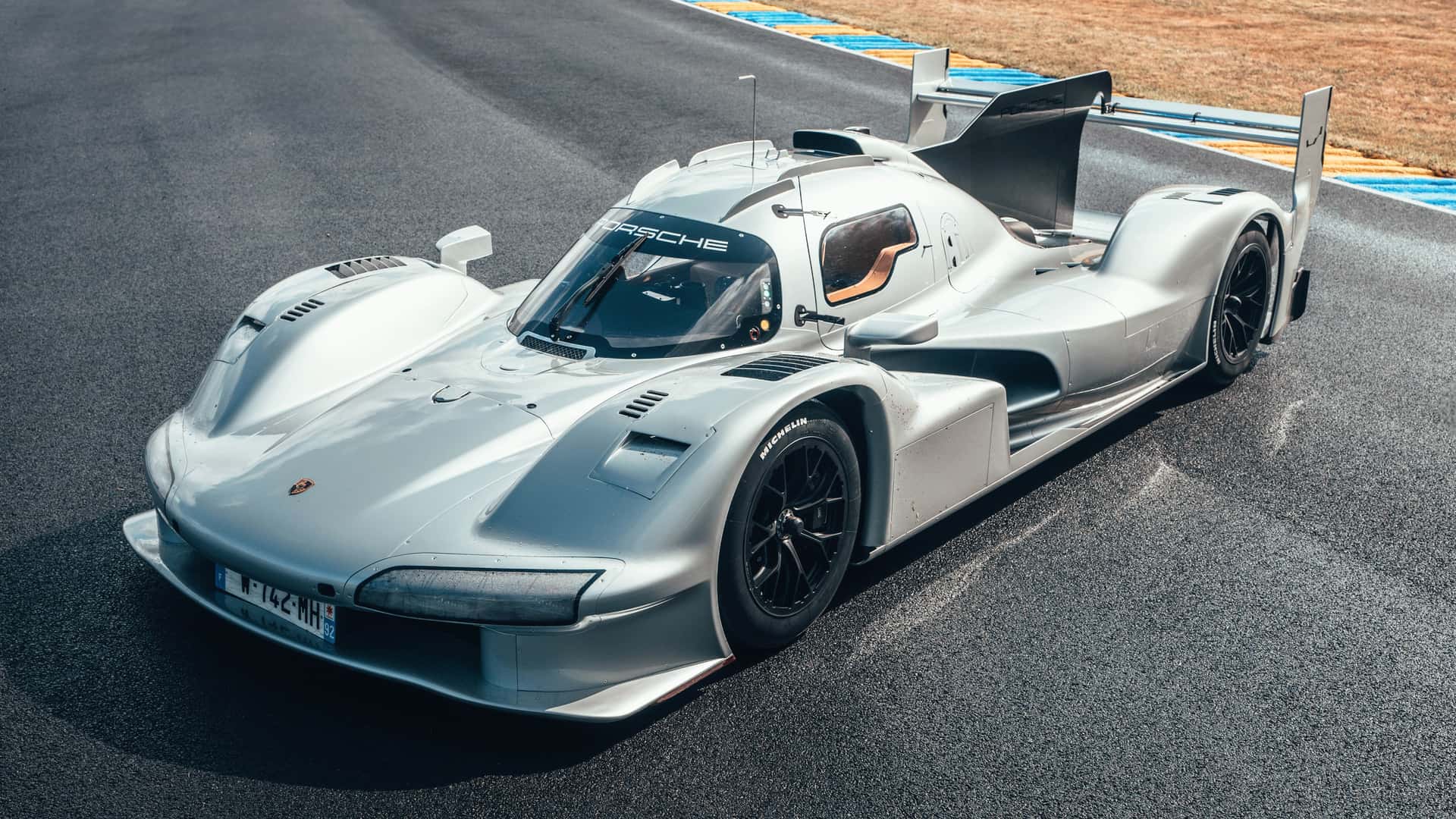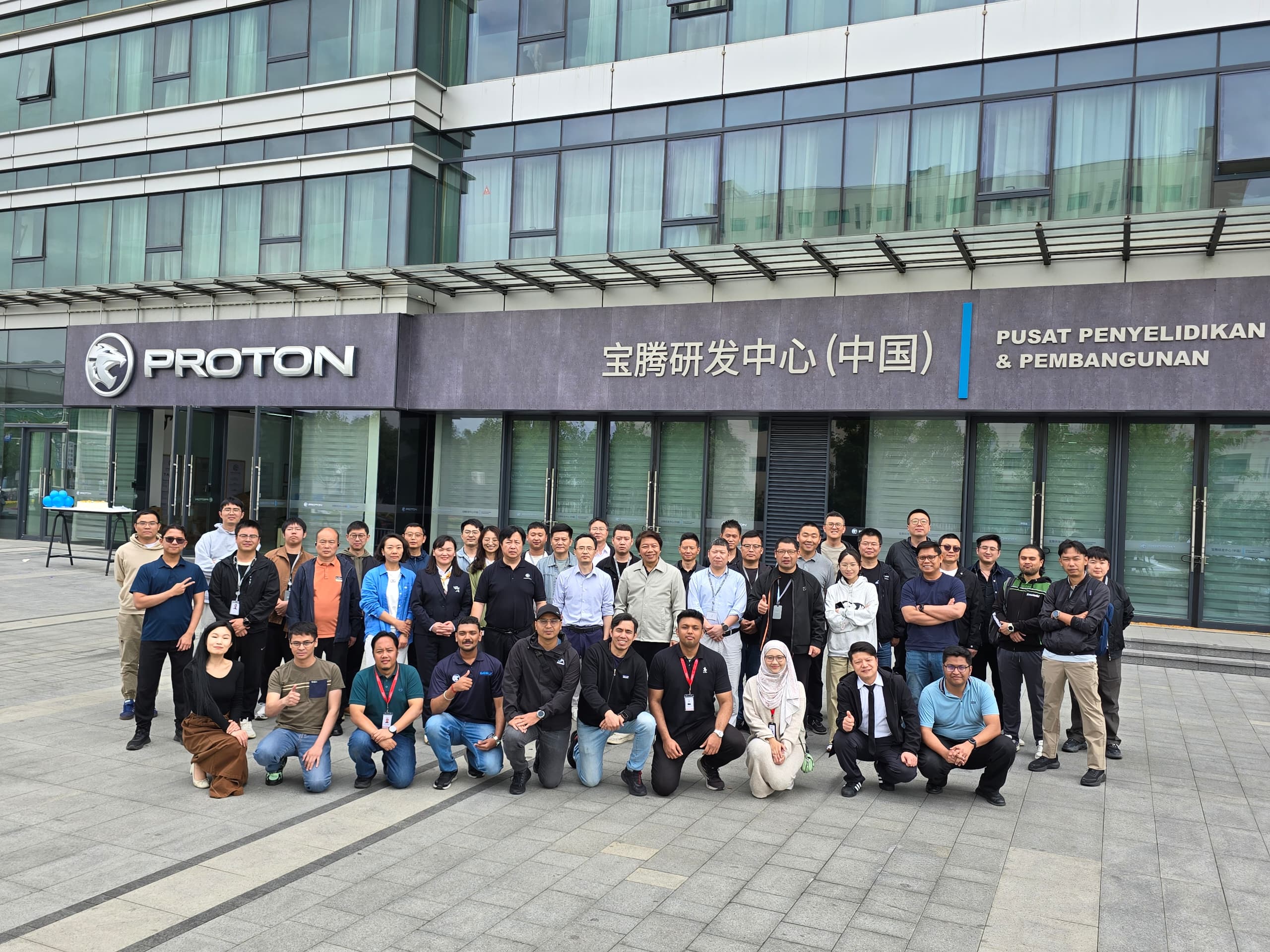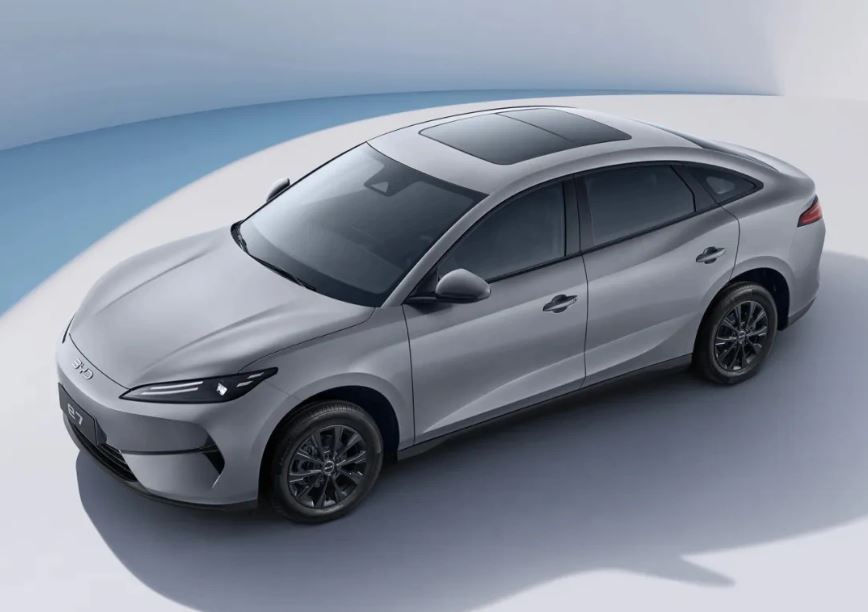For most people, ‘5G’ – the fifth generation of cellular connectivity technology since 1979 – is associated with telecommunications. Since the deployment of 5G networks in South Korea in April 2019, the technology has been adopted in many countries. Malaysia launched the network at the end of 2021 and by December 2022, 50% coverage of populated areas nationwide was achieved, according to Digital Nasional Bhd.
While 5G may seem to be mainly applicable to mobilephones and internet connectivity, it actually has a far wider scope of application which includes the auto industry. While cars already have connectivity to the internet (and therefore the World Wide Web) and can receive software updates ‘over the air’ (OTA), the much faster speed of 5G transmissions will expand the capabilities of cars in not just driving but also safety.
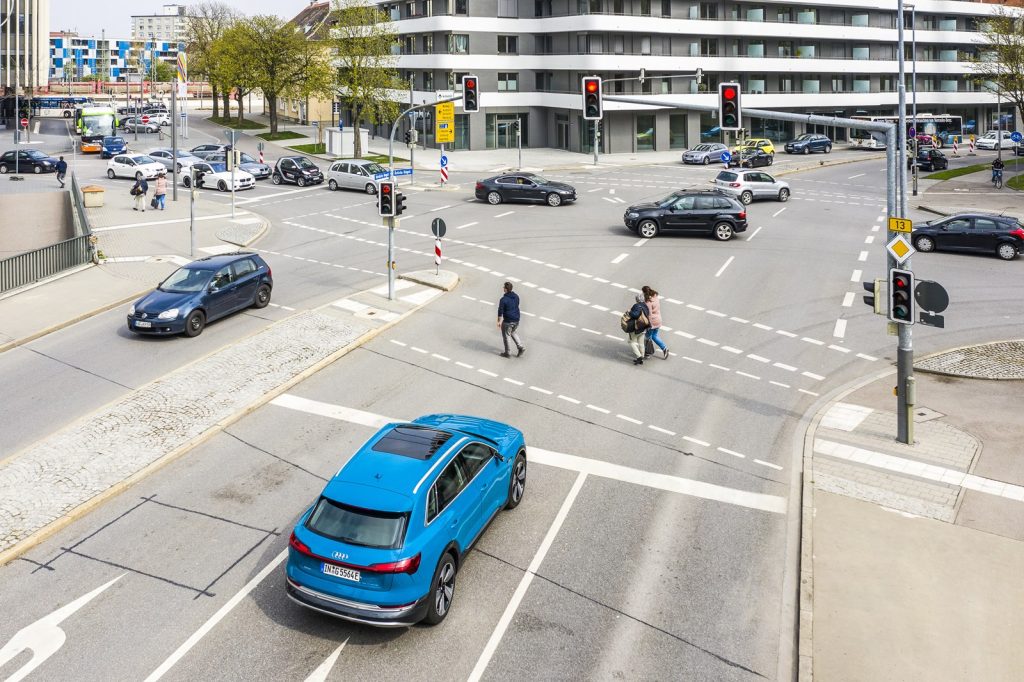
The carmakers and their suppliers are already developing more and better ways to use 5G technology to make the cars of the present safer and more versatile. One example is the Pirelli 5G-connected Cyber Tyre which was presented last year. This tyre, still a prototype, contains a sensor, processor, and communication system in an embedded disc the size of a coin.
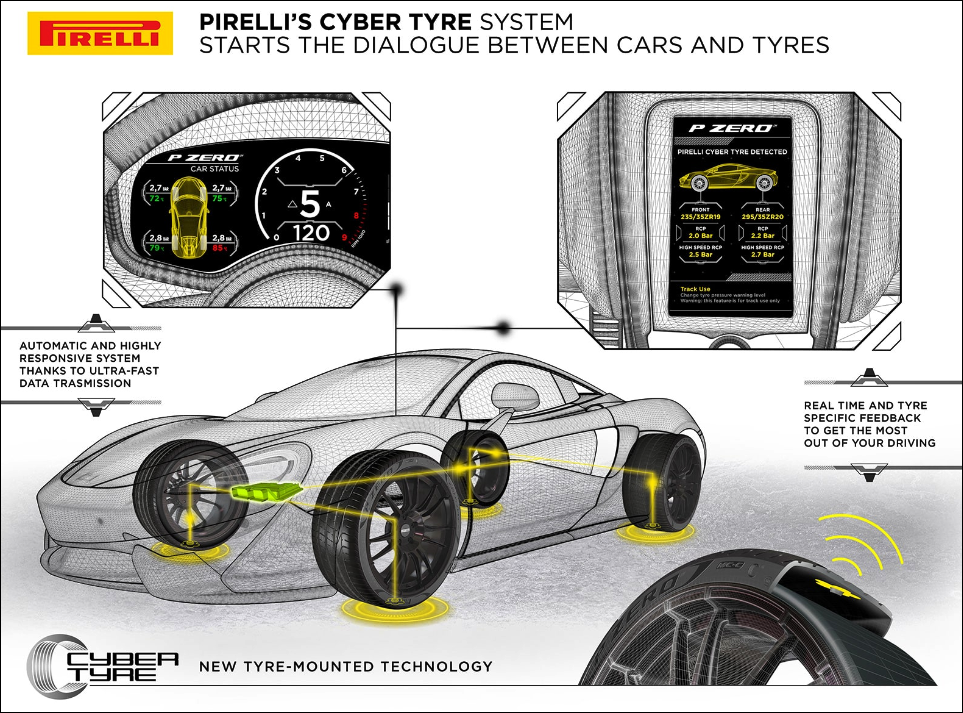
With it, the tyre itself can instantly share real-time data about its air pressure, temperature, and even tread depth as well as acceleration along longitudinal, lateral, and rotational axes. It also has the ability to sense and report water and ice on the road. Not only is the information provided to the driver but can also be shared, via 5G, with other vehicles on the road.
For future mobility, 5G will allow vehicle-to-vehicle communication in real-time, due to higher bandwidths of up to 10 Gbit/s and an estimated latency in data transmission of less than 1 millisecond. The new mobile network standard will enable completely new functions in the vehicle and beyond.
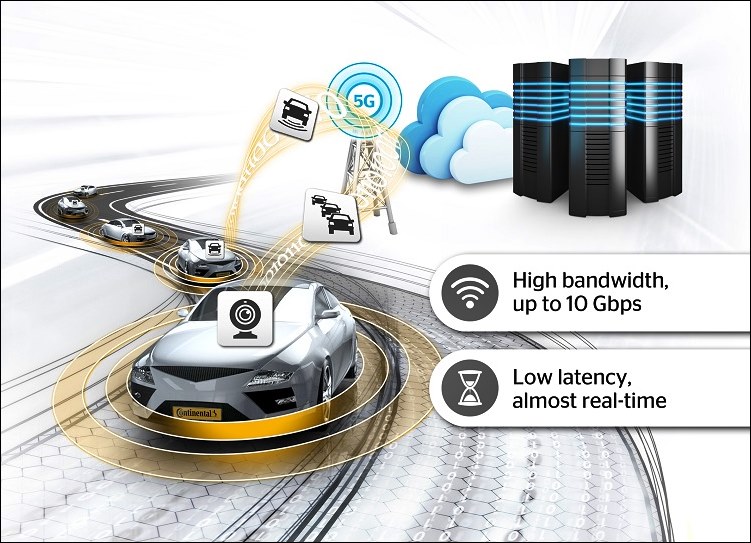
By far, the most significant thing which 5G will enable is autonomous vehicle operation. Such vehicles, which can operate without driver control, are under development with some already running on public roads. The extremely high speed of 5G allows the vehicle to be in real-time communication with its environment, a crucial capability for ensuring immediate responses to any situation (especially potentially hazardous ones).
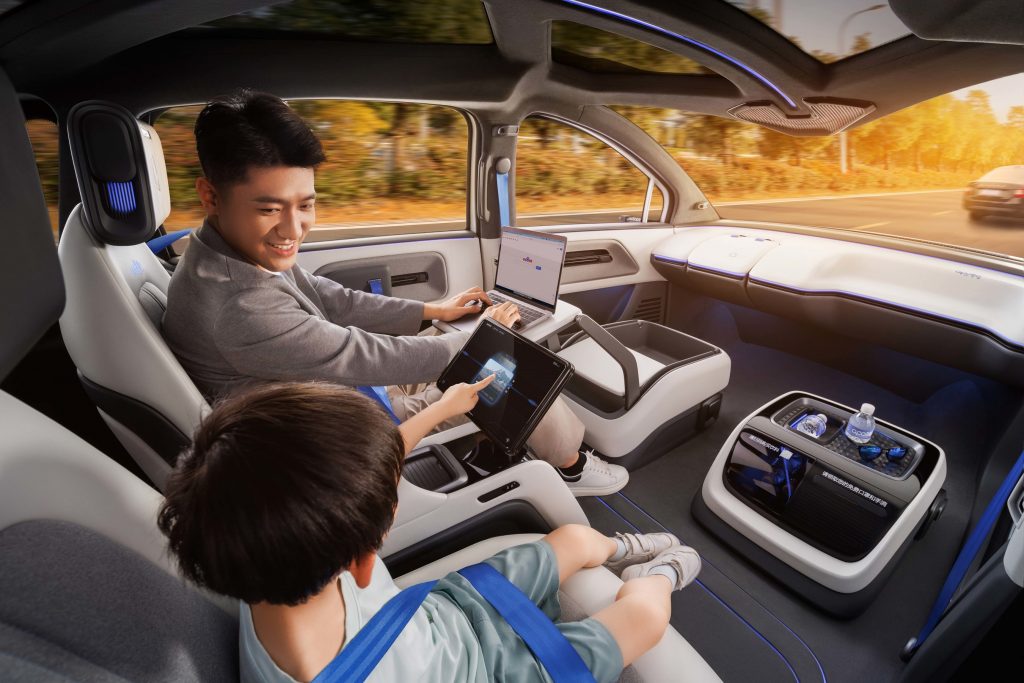
5G will make possible Vehicle-to-vehicle (V2V) communication where a vehicle some distance ahead (and not visible) can notify your vehicle that it is stopped by the roadside due to a problem. Vehicle-to-infrastructure (V2I) communication will share data with intelligent roadway infrastructure, eg the timing of traffic light changes. 5G will also be able to realise Vehicle-to-pedestrian (V2P) communication where, for example, a pedestrian’s mobilephone could send of signal of the pedestrian’s presence on the road.
All this generates huge amounts of data which can be over 4 terabytes daily for an autonomous car. 5G will provide the capability to transmit the gigabytes of data quickly because it will be crucial. While streaming a movie to the infotainment system in the car at a moderate speed might not be an issue, data on a pedestrian walking across the road must be processed by the computer immediately, with responses made in split seconds otherwise an accident can occur.

In most countries, the infrastructure to support autonomous cars is virtually non-existent and having 5G alone is not enough. There needs to be active antenna systems and network technology tailored to autonomous operation, besides other important elements such as clear road markings and standardized signage.
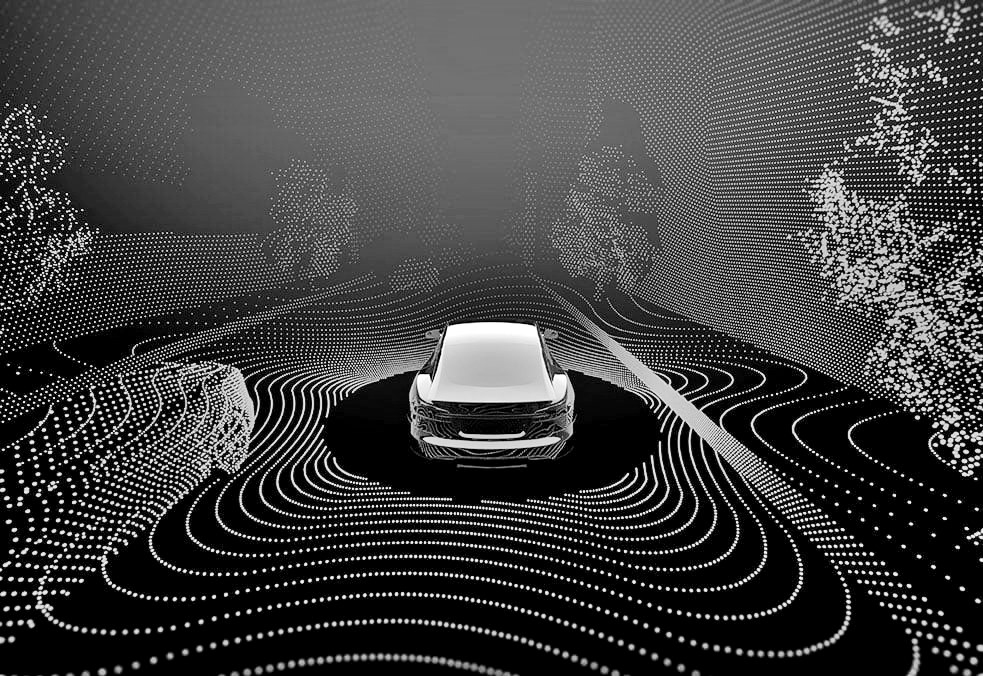
Still, the availability of 5G now already allows for some new technologies to be introduced in cars. HD road mapping is one of them, providing enhanced mapping that is much more accurate and detailed. HD road mapping is now under development and will give route guidance systems 3D data of roads. This will be valuable as autonomous operation increases.
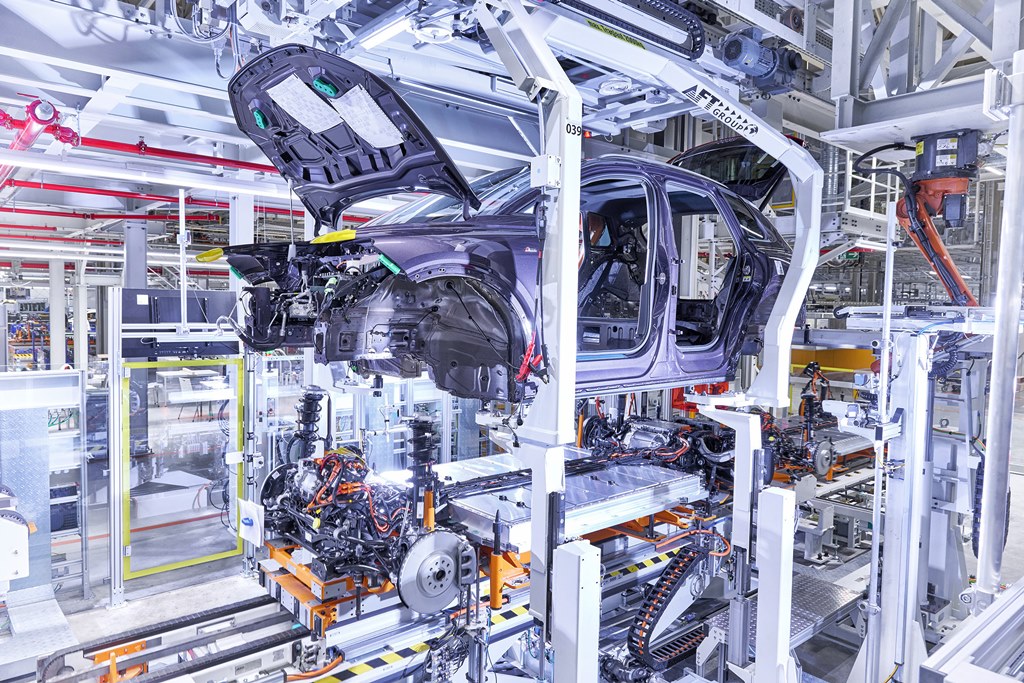
At the same time, 5G also offers many advantages in vehicle production. Seamless communication in real-time is a pre-requisite in allowing wireless production robots and employees to work together smoothly in the future. Unlike other wireless technologies, 5G is more reliable, reacts more robustly to high usage levels and is therefore particularly suitable for connecting sensors, machines and devices operated by human beings.
5G, along with advances in computing, will propel automotive technology forward at a faster pace. With the faster connectivity will come increase interaction between vehicles and the road infrastructure, leading to a smarter motoring ecosystem.



